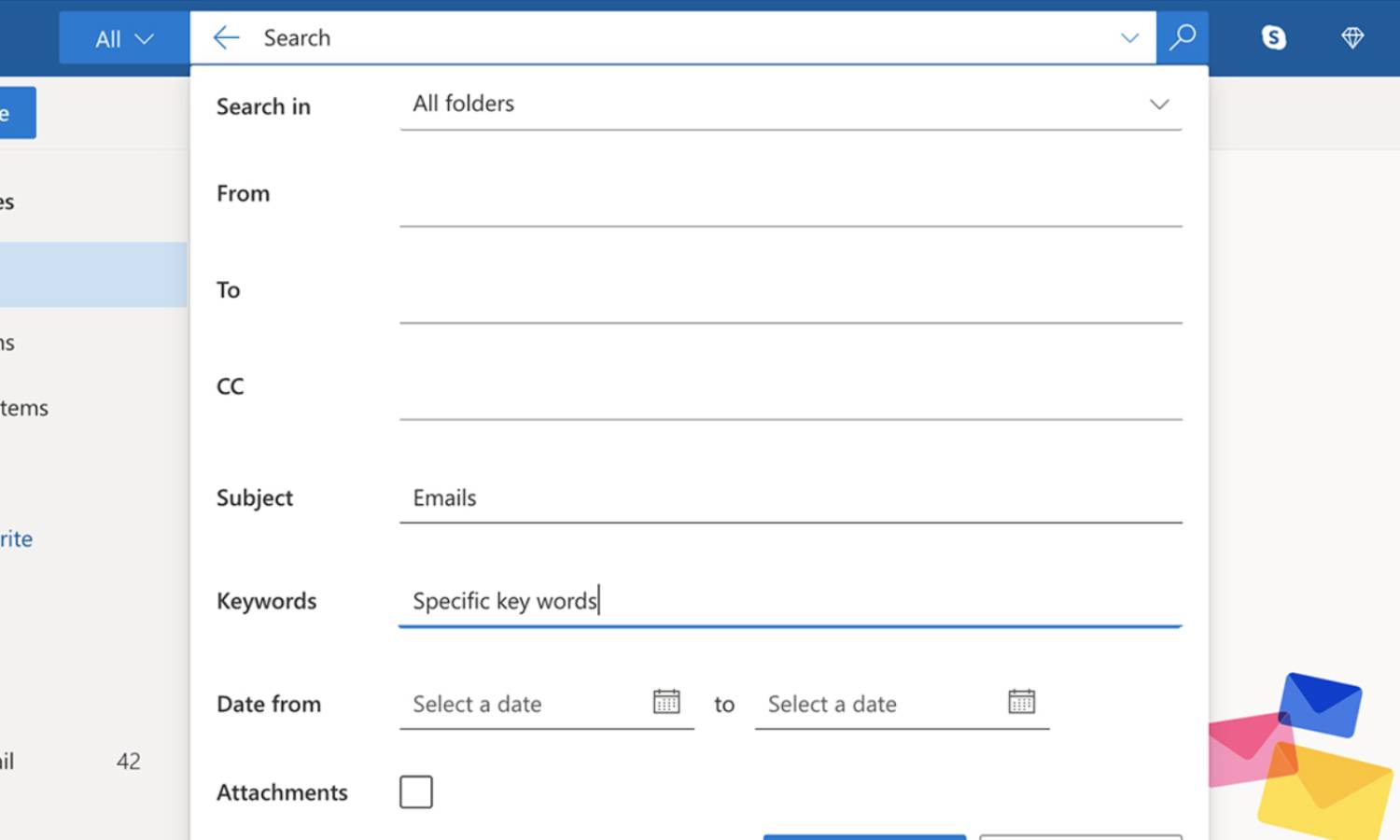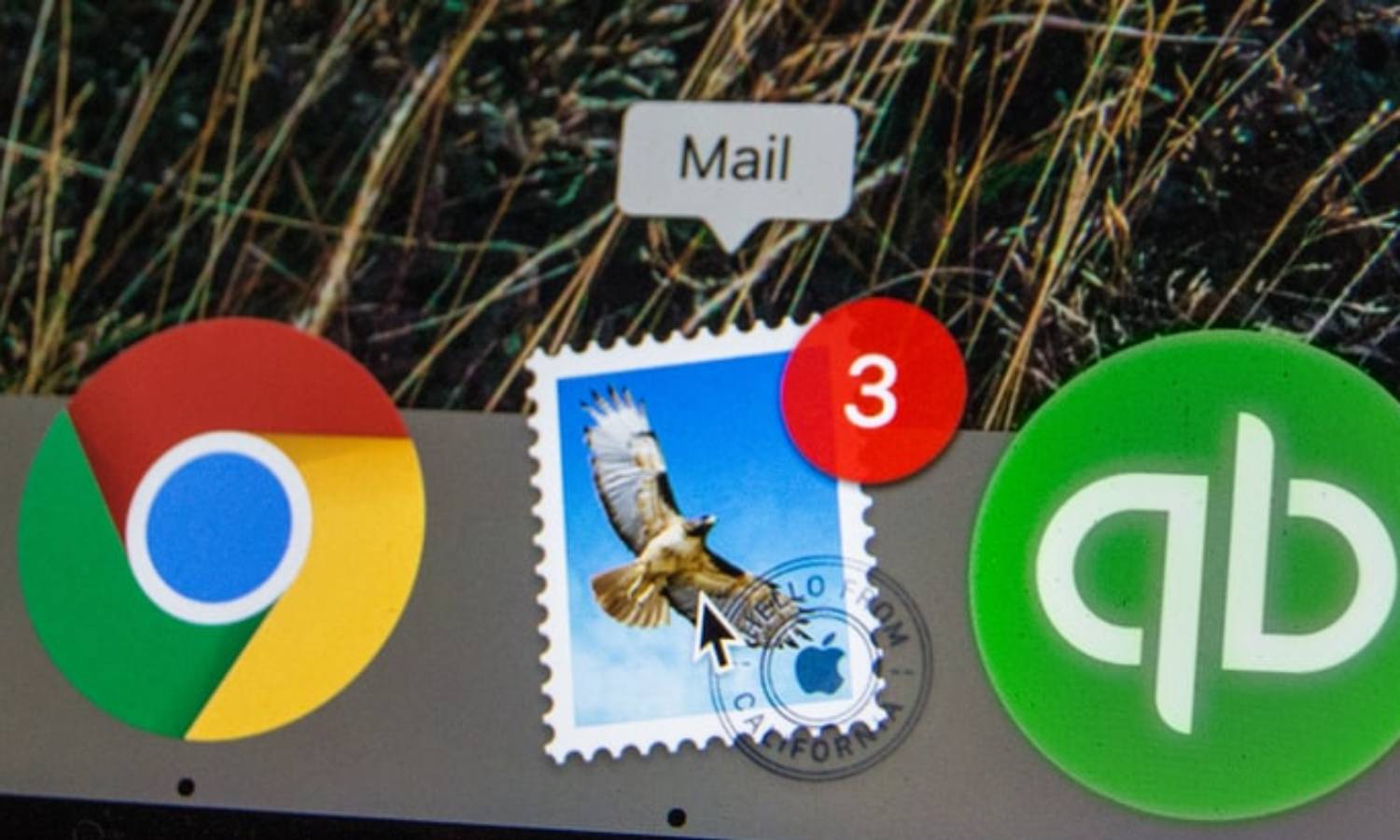

You most likely have a mountain of messages archived in your inbox at the moment. And with more arriving every day, finding a particular email can be quite a challenge.
Don’t despair, though. There are ways you can unearth that correspondence, even if you only half-remember what it was about or when it came in. You have different tools depending on your email app of choice, and if you use them well, you’ll be able to master your inbox in no time.
Gmail
Considering you can find just about anything online using Google, you’d expect that same power to help you find long-lost emails. Just type a few keywords into the search box at the top of the web interface and you’ll get some instant results.
Click the down arrow next to the search box to reveal some more advanced tools. You can specify a particular sender or recipient, restrict your search to messages that have attachments, or look for emails that don’t have a particular word or phrase in them.
Use the Has the words and Doesn’t have fields to really start picking through your email archive. Just as you would in Google, you can do this more quickly by typing the words you want to match into the search box. For the words you don’t want to match, put a minus sign before each one.
Three more filters give you even more control over your Gmail searches: size, date, and label. The latter makes all that time you’ve spent carefully labeling your Gmail messages over the years really worth it. Test out various searches from the menu, and you’ll see the syntax for that search. Next time, you can skip the advanced search options and just type a specific operator directly into the box (like “larger:10M” for emails larger than 10MB). You can also combine these commands and narrow your search even further.
Note that some Gmail labels are generated automatically, and you can use these to sift through sent, unread, starred, and promotional messages. On the advanced search menu, click the Search drop-down to see the full list of options.
You can also use these search shortcuts in the Gmail apps for Android and iOS. The mobile version of the platform doesn’t have a drop-down menu, so you’ll have to go straight to typing in the right operator instead.
Finally, if you’re on an Android device with Google Assistant available, you can search within the Gmail app using voice commands. Try “show me emails from May”, “show me starred emails”, or “show me emails with the word urgent in them”, for example.
Outlook

Outlook—the free web client and mobile apps, not the paid-for desktop application—doesn’t have as many search options as Gmail does, but there are still plenty of ways to find the messages you’re after.
On the web, as with Gmail, you can type in keywords or email contacts into the search box at the top. You can also click the down arrow to the right of the box to access a fuller set of search features, including the ability to look for emails that match particular date ranges or have files attached.
Outlook doesn’t use labels like Gmail does—it uses folders instead. Open the drop-down list at the top of the search panel to see the ones you’ve created. You can limit your search to one of these folders if necessary. As Gmail does with labels, you’ll see that some folders—like Drafts and Sent Items—are created automatically.
You just get one Keywords field in the search panel, which is the same as typing keywords into the search box at the top. If there are any words you don’t want to appear in your matching emails, precede them with a minus sign. For example, to search for messages that contain the word “email” but not “urgent”, type “email -urgent” into the box.
To search only among those emails that have files attached to them, don’t forget to check the Attachments box in the search panel. Note that Outlook will only return results that match an attachment’s filename, but it won’t search its contents.
Over on the mobile Outlook apps for Android and iOS, the search function is behind the large magnifying glass icon. There’s no drop-down panel, but you can use some of the same syntax tricks as in your web browser.
As you type a search query in the Outlook mobile app, you’ll see results appear in real time. When the results list has completely loaded, you can tap the Filter button on the right to narrow your search to deleted items or flagged emails.
Apple Mail

When it comes to Apple Mail, you’ve got a variety of options for hunting down emails, regardless of the device you’re searching on.
Use the search box in the top right-hand corner. You can look for specific keywords or contacts, and filter the results with the tools that appear underneath.
Mail supports natural language, which means you don’t have to memorize syntax or specific commands to narrow your search—you can just type in phrases like “to david” or “from david”, “flagged emails”, or “PDF attachments”. Type in a date and select it from the drop-down menu underneath to look for emails from that particular period. You can also add keywords if you want. The suggestions you see underneath the search box will vary depending on the terms you’ve typed in and the number of results that have been returned.
In the Mail app for iOS and iPadOS, you need to pick an inbox (or All Inboxes), then scroll to the top to find the search box. As you type out your search terms, you’ll see suggestions of filters underneath—for example, messages that are still unread or have been flagged.
If you’re looking for messages to or from a particular contact, just type their name into the search box. Tap on the right result and the Mail app will let you toggle between emails from and to that person.
You can also tap into the power of Siri to look for emails on both macOS and mobile. Apple’s virtual assistant understands a variety of different queries, so you can run voice searches such as “which emails arrived last Tuesday?” and “show me all the emails from Kelly”. If you can make your request clear enough, Siri should be able to understand it.
